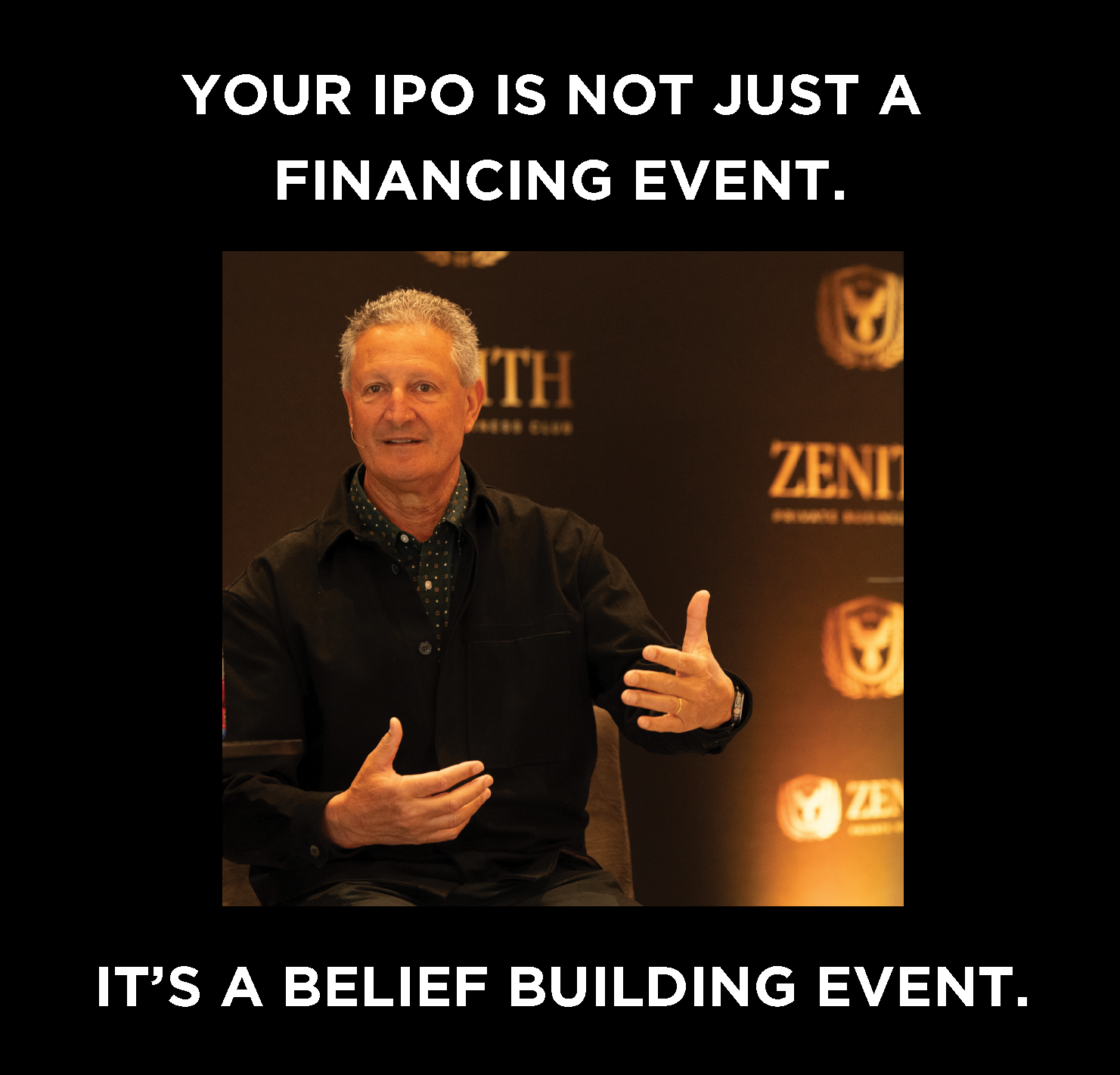
At some point, every founder raising a late-stage growth round or preparing for an IPO faces the same hard truth:
The market doesn’t just buy your numbers.
It buys your story.
And if your story sounds like everyone else’s, you’re walking straight into a trap.
The Trap You Can’t Afford to Fall Into
It’s called the Existing Market Trap — the place where late-stage financing decks and S-1 filings go to die.
In this trap, your materials read like your competitors’:
- You’re talking about features.
- You’re chasing someone else’s category.
- You’re speaking in the language the market already knows.
When you do that, you don’t get valued like a company defining the future. You get valued like a late player in the old game — a game someone else already owns.
Your Real Job Before You Raise
Your job isn’t just to raise money.
Markets are people. Categories are beliefs.
A market is a group of people — consumers or enterprises — who share a problem.
A category is the type of solution people believe can solve it.
It’s the aisle in the grocery store. Not the brand. Not the product. The aisle.
Every aisle started with someone naming a problem no one even knew they had:
- You thought cities with stubby buildings were fine — until the elevator made skyscrapers possible.
- You thought your 3PM crash was normal — until energy shots hit the checkout line.
- You thought canned vegetables were fine — until the frozen food aisle appeared.
- You thought hailing taxis was fine — until rideshare made it feel ridiculous.
These founders evangelized a problem and built belief in a new category.
Belief is the most powerful product you can ship. And most companies never ship it.
Your real job before you raise is to build that belief:
- Belief that the problem matters.
- Belief that your solution is the right answer.
- Belief that you are the leader of a new category of solutions.
When investors believe that, they’re not just buying into your company — they’re buying into your category and your inevitable leadership of it.
The Questions You Must Answer
Before you walk into that investor meeting, ask yourself:
- Have we framed the problem so sharply the investor can’t unsee it?
- Have we named the villain — and made it clear why now is the moment to act?
- Have we claimed the category in our identity?
- Have we declared the Blueprint for the category — and how our solution delivers on it?
- Is the language of inevitability baked into every slide, every conversation?
- Does every employee tell the same story, with conviction?
If the answer to any of these is “no,” you have work to do before you’re truly ready.
From Deck to Manifesto
When you get this right, your S-1 or late-stage deck stops being a set of slides.
It becomes a category manifesto:
- A story about the problem the world can’t afford to ignore.
- The cost of doing nothing.
- The only viable path forward — led by you.
This isn’t positioning in an existing market.
This is belief-building at the highest level.
This Is Where We Come In
We’ve been beside founders through late-stage financings and IPOs — helping them reframe their story, claim their category, and condition the market long before the bell rings.
We’ve built a specific assessment and process to:
- Identify the gaps in your category strategy and point of view.
- Align your leadership team around a bigger problem scope, clearer POV.
- Produce belief-building materials that creates market leadership.
If you’re raising a major growth round or preparing for an IPO, now is the time to design the market you want to lead — and build the belief to get there.
Want to go beyond positioning? Let’s have a conversation.
Want to know what trap you might be in? Take the Diagnostic Now >>

